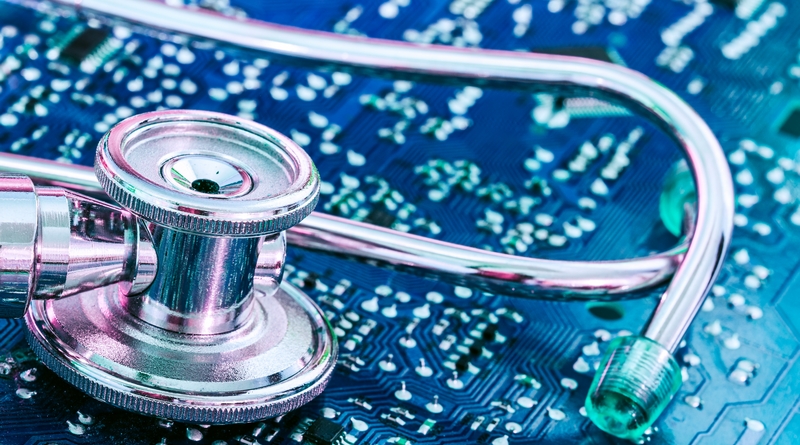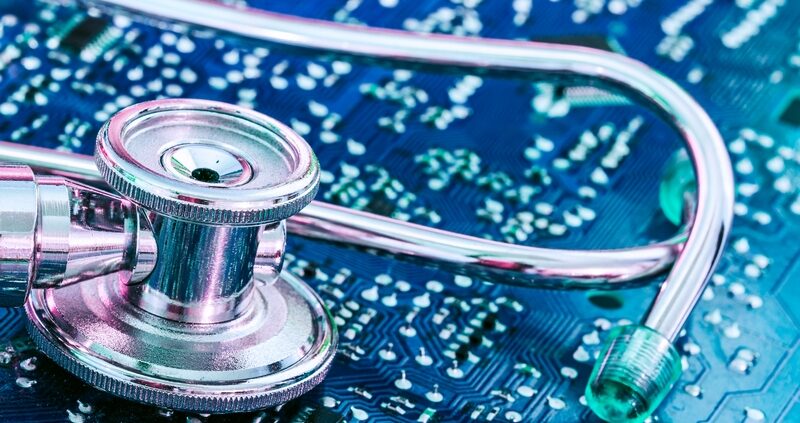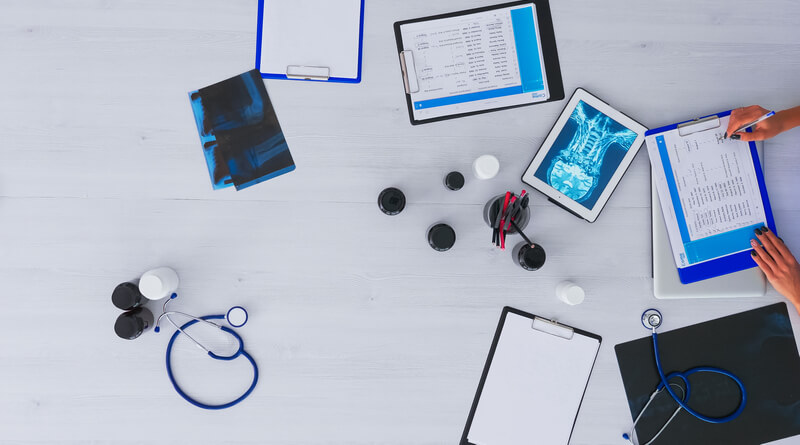How Technology Helps Improve Patient Care

There’s no denying that technology plays a significant role across all industries. In addition, the COVID-19 pandemic has accelerated the digital transformation for many businesses – and health care facilities are no exception.

Implementing new tech to improve patient care is nothing new – the health care industry has continuously improved its quality of care by using new tech for years. For example, augmented reality helps patients during treatment sessions.
Whether it’s an older adult with a cancer diagnosis or a child with the common cold, medical providers consider the quality of care they deliver a top priority. Each patient deserves top-tier treatment no matter the physical or mental challenges they may be facing.
While patient care is a top priority, digital health tech can also positively impact the rising health costs many people worldwide are facing. Depending on the country, the tech could drive 10%-15% savings in health care costs.
Here are some specific examples of how technology is leveraged by physicians, nurses, surgeons, and other medical professionals to enhance patient care.
1. Reduced Medical Errors
Medical errors are defined as unintended acts that lead to failures to achieve an intended outcome. While professionals in the health care industry work tirelessly to deliver quality care, it’s challenging to eliminate all instances of medical error.
For example, in July 2021, a patient at the University Hospitals Cleveland Medical Center received a kidney transplant intended to be used for someone else. While the patient is recovering and the transplant has not caused harm, the significant error caused the caregivers responsible to be put on administrative leave.
While the incorrect transplant is an extreme case, medication issues are also considered medical errors.
Prescribing errors can harm the patient receiving care. Medical alerts, clinical flags, and medication reminders can assist medical professionals when choosing drugs, keeping patients safe in the future.
Fortunately, solutions exist that reduce medical errors – RightPatient being one of the more effective ones. It is a touchless biometric patient identification platform trusted by several healthcare providers to identify patients accurately across the care continuum – preventing duplicate medical records, patient mix-ups, medical errors, and more.
2. Enhanced Drug Safety
Doctors are fully responsible for ensuring their patients receive the correct drug and dosage and ensuring medicines won’t interact. Using electronic systems can enhance the safety of prescribing drugs, which naturally improves patient care.
When patient information is stored in cloud-based solutions, it becomes much easier for prescribers to understand which medications will treat their conditions or disease. It minimizes the chances of miscommunication between prescribers, pharmacies, and patients.
3. Remote Patient Monitoring
Remote patient monitoring can provide positive outcomes to help patients manage these chronic illnesses, such as heart failure, stroke, COPD, asthma, and hypertension.
By implementing patient data management systems (PDMS), health care providers can remotely monitor a patient’s condition and interpret gathered data to decide on the correct medical approach needed for treatment.
PDMS technology helps physicians with decision-making and integrates with existing patient medical record systems. In other words, physicians spend more time providing patients with quality care rather than charting or completing paperwork.
4. Accessibility to Virtual Care
When more people spent time indoors due to the pandemic, accessing traditional health care appointments became more challenging. Patients were forced to weigh the risks of exposure while booking appointments.
As a result, telehealth apps became more prevalent, allowing patients to visit their doctors via teleconference or phone call. Patients could rest assured that they could receive medical care from home, a game-changer for the health care sector.
5. Improved Lines of Communication
Technology allows physicians to communicate more effectively with patients regarding their medical issues. Patient portals are increasing in popularity, and people can now check their medical records, contact their doctors, and book appointments digitally.
Patient portals help improve engagement, which can determine the success of outcomes. The more engaged a patient is, the more likely they will receive quality care and take hold of whatever medical conditions they may be suffering from.
6. Increased Collaboration Among Physicians
Patient care is improved when physicians work together. For example, virtual conferences come in handy if doctors are in different time zones.
Relying on technology to bridge the gap between doctors is a crucial component of the health care industry. There’s evidence to suggest there’s a significant nurse shortage in the country, so increasing the number of collaboration tools within the health care sector can potentially make up for it.
The Future of Tech in Patient Care
These are only a few examples of how tech is being leveraged to provide quality patient care. More technologies must be used by the health care sector, as many people rely on a dependable facility to attend to their medical needs.
As Internet of Medical Things (IoMT), artificial intelligence (AI) and augmented reality (AR) technologies continue to develop, it’s only a matter of time until new applications emerge in the health care sector. All medical professionals can use new tech to improve the care they deliver to patients across the board.









Great insights on how technology is truly transforming patient care. It’s impressive to see how tools like remote monitoring and virtual care are making healthcare more accessible and efficient. At the end of the day, it’s about giving patients better outcomes while easing the workload for medical professionals. Looking forward to how AI and IoMT will continue to push these improvements even further.